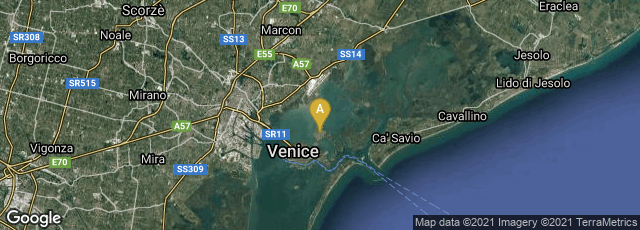A comparison made by NASA of the Frau Mauro World Map from 1450 CE and a satellite image of Earth, rotated to correspond to the map. The satellite image - the Blue Marble - was created using data from the MODIS instrument onboard the Terra and Aqua satellites. "NASA describes the comparison as "stunning" and notes how accurate parts of the map are considering the methods that were available at the time." (Wikipedia)


About 1450 Venetian monk Fra Mauro completed the Fra Mauro map, a circular planisphere drawn on parchment and set in a wooden frame, about two meters in diameter. The map was discovered in the monastery of San Michel in Isola, Murano, where the Camaldolese cartographer had his studio. It is preserved in the Biblioteca Nazionale Marciana in Venice.
"The Fra Mauro map is unusual, but typical of Fra Mauro's portolan charts, in that its orientation is with the south at the top, one of the usual conventions of Muslim maps, in contrast with the Ptolemy map which has the north at the top.
"Fra Mauro was aware of the Ptolemy map, and commented that it was insufficient for many parts of the world:
"He recognized however the extent of the East given by Ptolemy, thereby suppressing the central position that Jerusalem had held on previous maps:
"Fra Mauro regarded the world as a sphere, although he used the convention of describing the continents surrounded by water within the shape of a disc, but had no certainty about the size of the Earth:
"The depiction of inhabited places and mountains, the map's chorography, is also an important feature. Castles and cities are identified by pictorial glyphs representing turreted castles or walled towns, distinguished in order of their importance."
"Fra Mauro also probably relied on Arab sources. This is suggested by the North-South inversion of the map, an Arab tradition examplified by the 12th century maps of Muhammad al-Idrisi, and the detailed information on the southeastern coast of Africa, which was brought by an Ethiopian embassy to Rome in the 1430s" (Wikipedia article on Fra Mauro map, accessed 01-12-2009).
A critical edition of the map was published by Piero Falchetta in 2006.